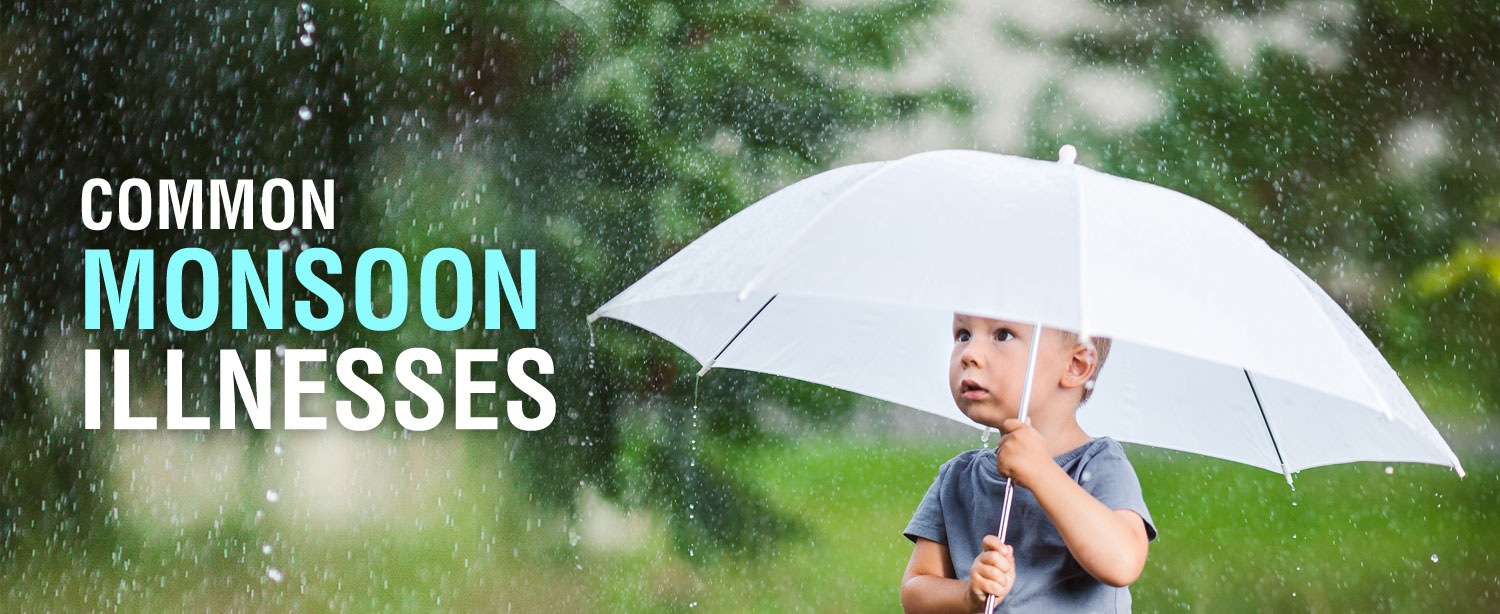Yoga is a spiritual, mental and physical practice that has been around since ages. It originated in India more than three thousand years ago. Its purpose is to help everyone achieve their highest potential and to experience enduring health and happiness. 21st June is celebrated worldwide as International Day of Yoga.
Health benefits of yoga:
1. Build strength – Some styles of yoga, such as Ashtanga and power yoga help improve your muscle tone. When done right, nearly all poses build core strength in the deep abdominal muscles.
2. Better posture – Yoga helps uplift your body awareness. That helps you notice more quickly if you’re slouching or slumping, so you can adjust your posture. Most standing and sitting poses develop core strength, with a stronger core, you’re more likely to sit and stand “tall.”
3. Increases flexibility – Yoga can not only help you in increasing your flexibility but also helps you to perform complex asanas.
4. Boosts metabolism – Yoga helps in retaining the vitality in your body along with keeping it fit. It motivates you towards healthy eating and improves the metabolic system of the body.
5. Helps in lowering blood sugar – Yoga not only helps in lowering blood sugar but also lowers bad cholesterol and boosts good cholesterol.
6. Increases blood flow – The relaxation exercises in yoga circulates blood to all parts of your body. Certain yoga poses help the venous blood from the lower part of the body to flow back to your heart, where it can be pumped back to the lungs to be oxygenated.
7. Increases immunity – Yoga exercises have a beneficial effect on the immune system and help in destroying various viruses.
8. Increases self-esteem – Practicing yoga makes you feel good about yourself and helps you take a positive approach in life.
9. Improves lung function – A lot of breathing exercises are said to improve lung function. Doing such exercises in the long run could cure respiratory problems and help increase the capacity of your lungs.
10. Helps you sleep better – Yoga helps in reducing stress and creates a routine which in turn makes a regular sleeping pattern. A relaxed body gets a deeper and more peaceful sleep.
11. Manage stress better – You may feel less stressed and more relaxed after doing some yoga. Some yoga styles use meditation techniques that help calm the mind.
Myths and Facts:
- Myth 1: Yoga is just another type of exercise.
Fact: Yoga is an art and science of holistic living. Yoga asanas offer you a chance to undergo a complete transformation – physically, emotionally, physiologically, mentally, and psychologically.
- Myth 2: Classical yoga is not the best way to reduce fat and lose weight.
Fact: Classical yoga is the best way to lose fat and reduce weight without side-effects when done correctly under the guidance of a trained yoga teacher.
- Myth 3: Yoga is for women.
Fact: In reality, the truth is anyone can do Yoga. Today more Yoga Gurus are male irrespective of their caste, creed, gender or age.
- Myth 4: One must quit yoga in pregnancy.
Fact: Yoga in pregnancy is a great way to stay active and is healthy for you and your baby. Yoga benefits your mind and body in pregnancy, however always practice it under the supervision of an experienced teacher.
- Myth 5: Yoga means Hinduism.
Fact: Yoga is a way of living, and it has nothing to do with religion. It is a holistic scientific approach to living life fully which transforms the whole individual.
- Myth 6: Yoga is easy, and can be learned from a book or online.
Fact: This is not correct, yoga needs in-depth knowledge and supervision. This impulsive way of learning without guidance may cause irreversible damages.
Types of Yoga
Read on to explore some of the most popular types of yoga:
1. Hatha Yoga
Hatha Yoga begins by working with the body on a structural level, helping to align the vertebrae, increase flexibility, and strengthen muscles and connective tissue. At the same time, internal organs are toned and rejuvenated; the epidermal, digestive, lymphatic, cardiovascular, and pulmonary systems are purified of toxins and waste matter; the nervous and endocrine systems are balanced and toned, and brain cells are nourished and stimulated. The end result is increased mental clarity, emotional stability, and a greater sense of overall well-being.
2. Ashtanga Yoga
Ashtanga means “eight limbs” and encompasses a yogic lifestyle. Most people identify Ashtanga as traditional Indian yoga. Ashtanga yoga asanas (postures) synchronize breath with movement as you move through a series of postures.
3. Iyengar Yoga
Also based on the Eight Limbs of Yoga, Iyengar yoga is named after B.K.S. Iyengar, a famous yogi. The emphasis on this practice is alignment in the asanas using breath control through pranayama and the use of props (bolsters, blankets, blocks, and straps.) This style of yoga is usually taught without music and at a slower pace designed to assist students to get deeper into the postures.
4. Bikram Yoga
Bikram yoga was designed by Bikram Choudhury in the 1970s. Yoga is conducted in a room that is 105 degrees Fahrenheit with 40% humidity. The room is bright and the students face mirrors to check proper posture and alignment. There is no music during class.
5. Power Yoga
Power yoga is a more active approach to the traditional Hatha yoga poses and is usually accompanied by upbeat music. The Ashtanga yoga poses are performed more quickly and with added core exercises and upper body work.
This Yoga Day take a pledge to start doing yoga. Join a yoga class or if you are a yoga expert pursue it diligently at home. You will feel the difference in your health just in a few days.


